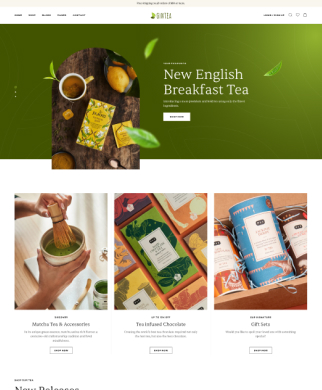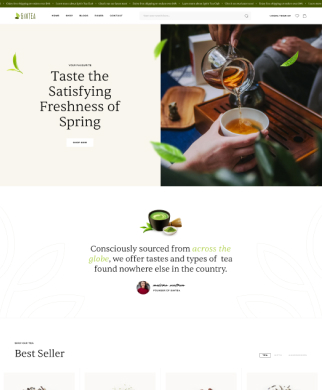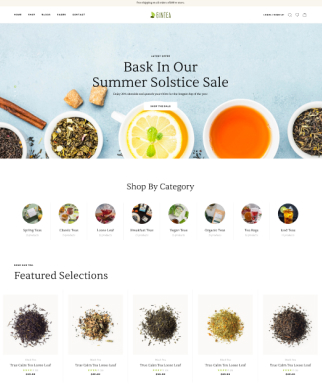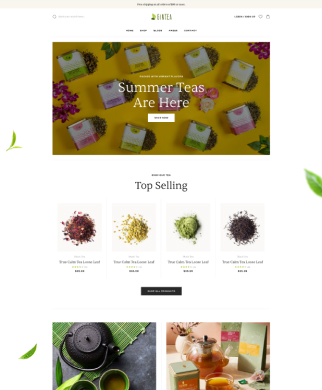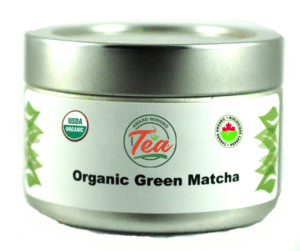
Matcha has surged in popularity outside Japan, and many buyers see labels like “ceremonial grade” or “culinary grade” on tea tins. These terms suggest a clear quality hierarchy – that ceremonial matcha is the finest, and culinary matcha is merely for baking or lattes. In this article we examine multiple perspectives on these labels. We start with the traditional Japanese view, then look at Western marketing, consumer expectations, and insights. Finally, we conclude with practical advice on how to evaluate matcha quality.
Traditional Japanese Perspective
In Japan, there is no official grading system labeling matcha as “ceremonial” or “culinary.” Matcha is judged by origin, shading, harvest, cultivar, and taste. Premium teas often come from Uji, Nishio, Yame, and other regions known for fertile soil and climate. Shading the tea plants before harvest increases sweetness and umami, while first-flush spring harvests provide the richest flavor. Cultivars like Asahi or Okumidori are often linked with higher-end matcha. In tea ceremony practice, matcha is categorized as usucha (thin tea) or koicha (thick tea), not by “ceremonial grade.” As Naoki Matcha explains: “In Japan, matcha is not categorized into ceremonial or culinary grade” .
Western Marketing Perspective
Outside Japan, sellers introduced “ceremonial” and “culinary” as shorthand for consumers. Ceremonial is promoted as premium, smooth, and suitable for drinking straight, while culinary is portrayed as lower grade for recipes. But these terms are unregulated and subjective. Food & Wine notes: “Ceremonial grade isn’t even used in Japan, and was created to market matcha in Western countries” . Tezumi agrees, stating the term is “entirely undefined and unregulated” . Naoki Matcha admits they use the labels only for convenience, defining ceremonial loosely as blends meant for drinking and culinary for cooking .
Western Consumer Expectations
Many Western consumers assume ceremonial matcha is always superior. Naoki Matcha observes: “The general perception is that ceremonial grade matcha is high quality matcha and culinary grade matcha is low quality matcha” . U.S. tea sellers often add “ceremonial” to labels because buyers expect it . But experts caution that anyone can apply the label regardless of quality. A bright green powder, harvested early and shade-grown, may deserve the ceremonial label—but other teas with the same label may not. As Food & Wine warns, it’s better to look at harvest, shading, and color than trust the word “ceremonial” .
Community Insights and Debates
On Reddit’s r/tea, many argue the label is misleading. One user declared: “There is no such thing as ceremonial grade matcha… It is a Western marketing term” . Others note that in Japan, what is called “ceremonial” abroad would simply be “high grade” matcha . However, some community members defend the term’s practicality, noting that Japanese immigrants in the U.S. used it decades ago as a helpful guide for new consumers . The consensus is that while “ceremonial” can serve as shorthand, buyers should still check the tea’s details: origin, shading, harvest, and taste.
How to Really Assess Matcha Quality
- Origin & Harvest: Premium matcha often comes from Uji, Nishio, or Yame, and is harvested in the first flush .
- Shading: Plants shaded 2–4 weeks before harvest develop rich umami .
- Cultivar & Processing: Look for stone-ground tencha, not powdered sencha .
- Appearance: Vibrant, emerald green powder indicates freshness .
- Taste & Aroma: Smooth, creamy umami with minimal bitterness.
- Transparency: Reputable sellers share details on harvest, cultivar, and storage .
In the end, “ceremonial” and “culinary” are useful marketing labels, but they are not reliable quality guarantees. By focusing on origin, shading, harvest, processing, and taste, you can judge matcha quality more accurately than by relying on unregulated grade names.
Sources: Naoki Matcha , Food & Wine , Tezumi , Observer , Reddit .

